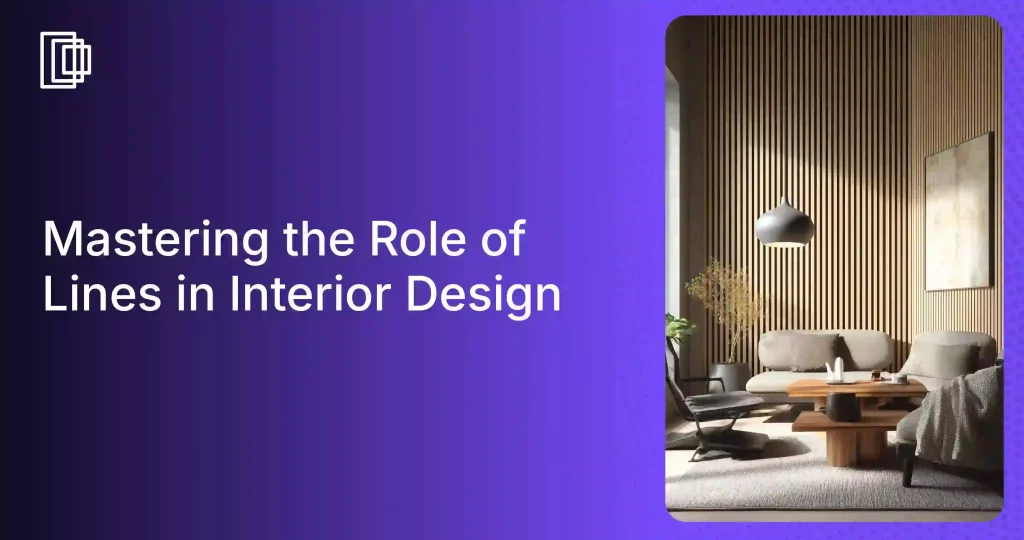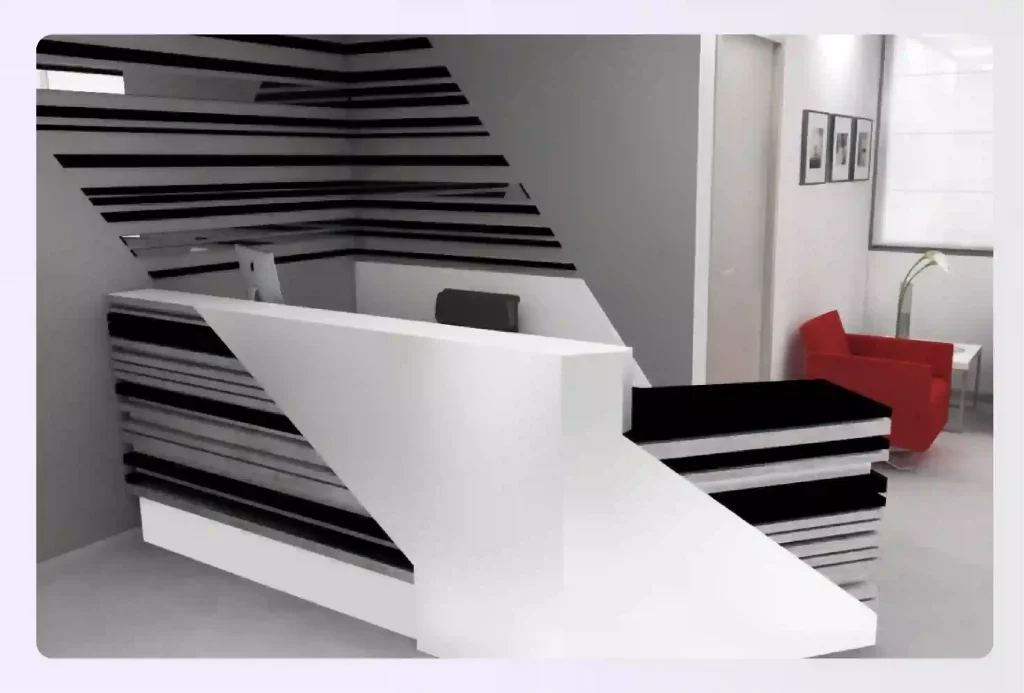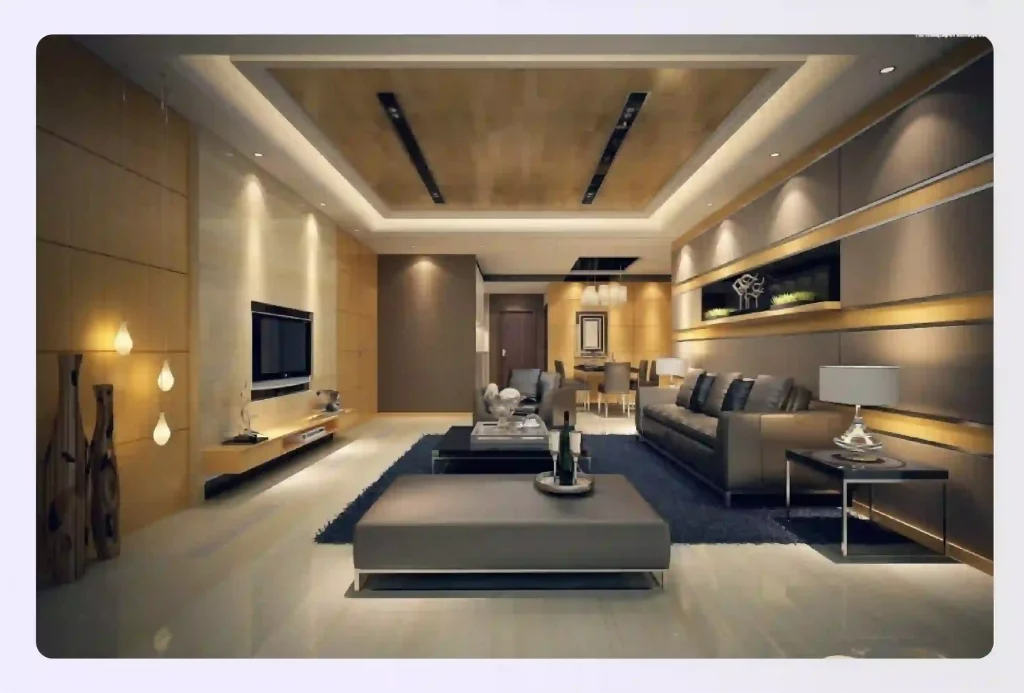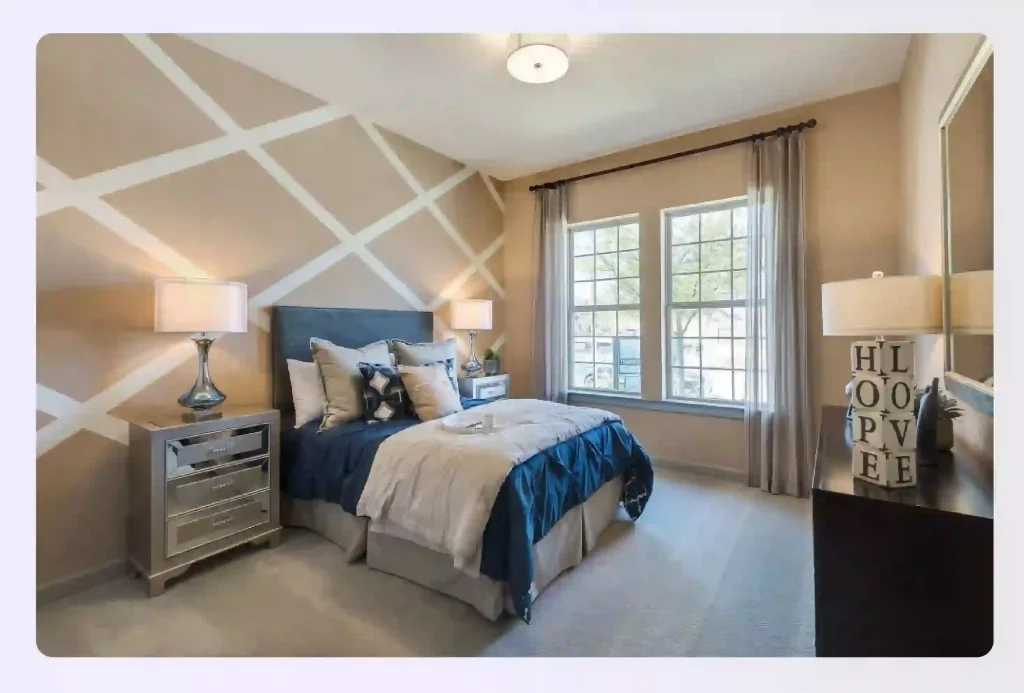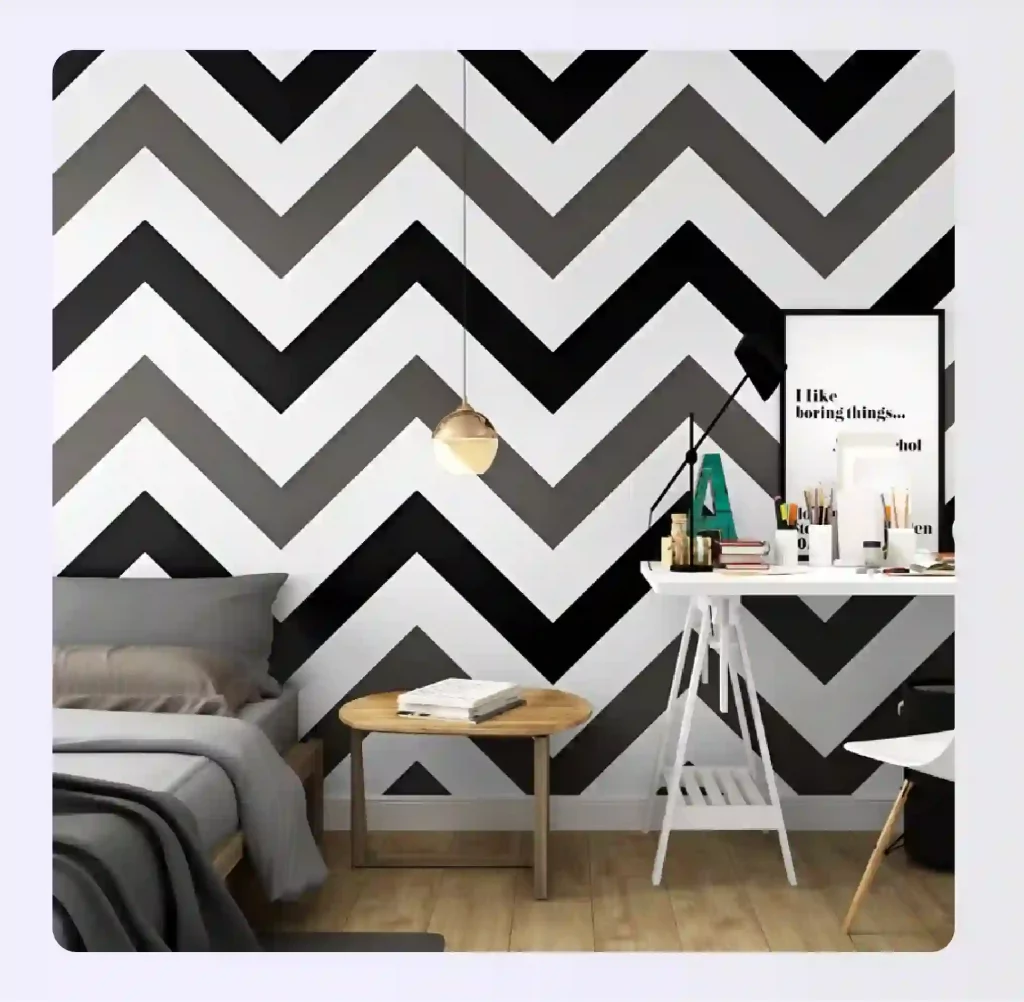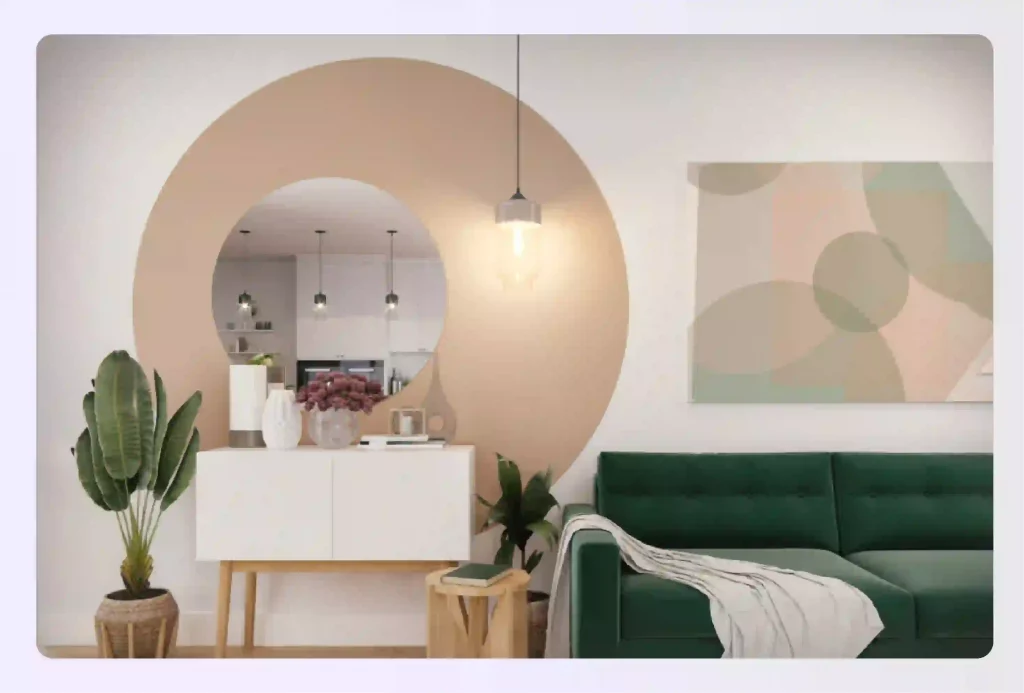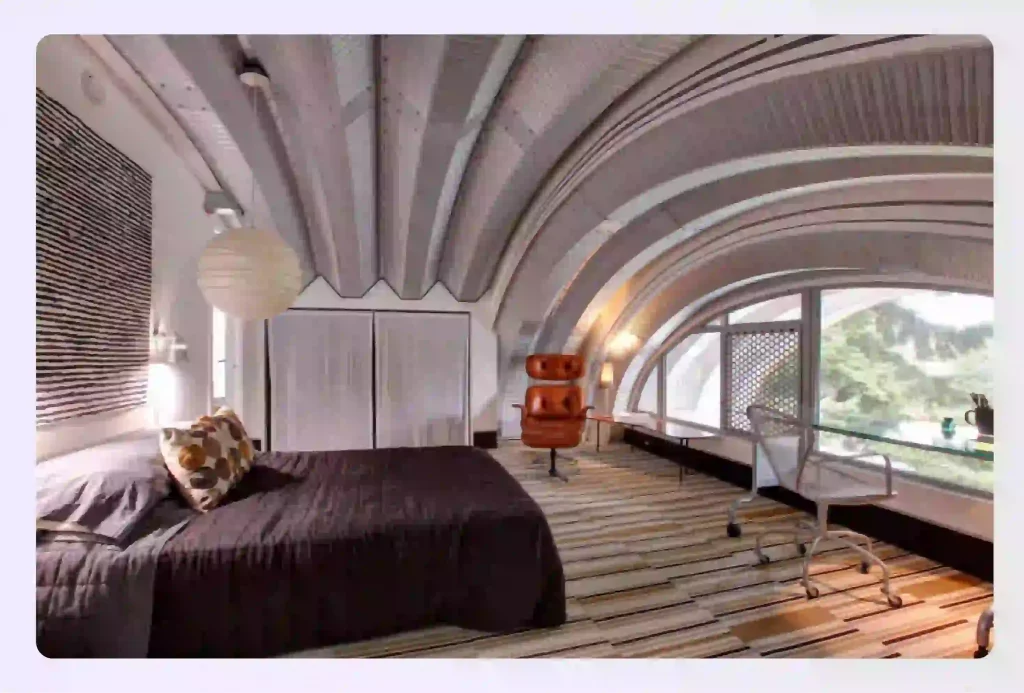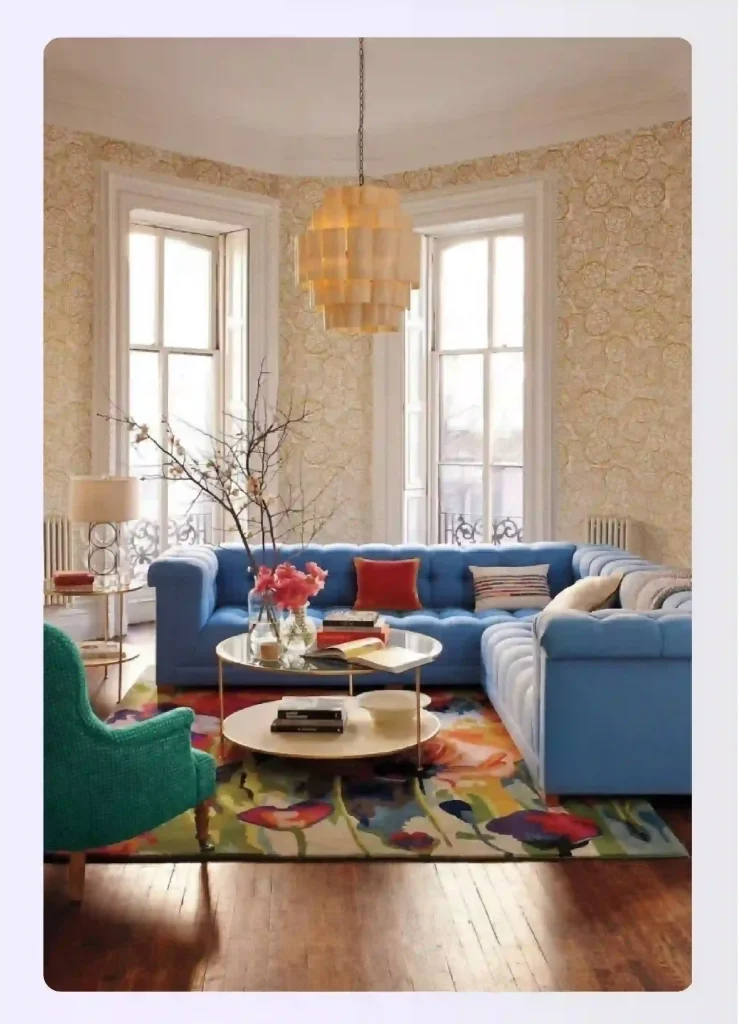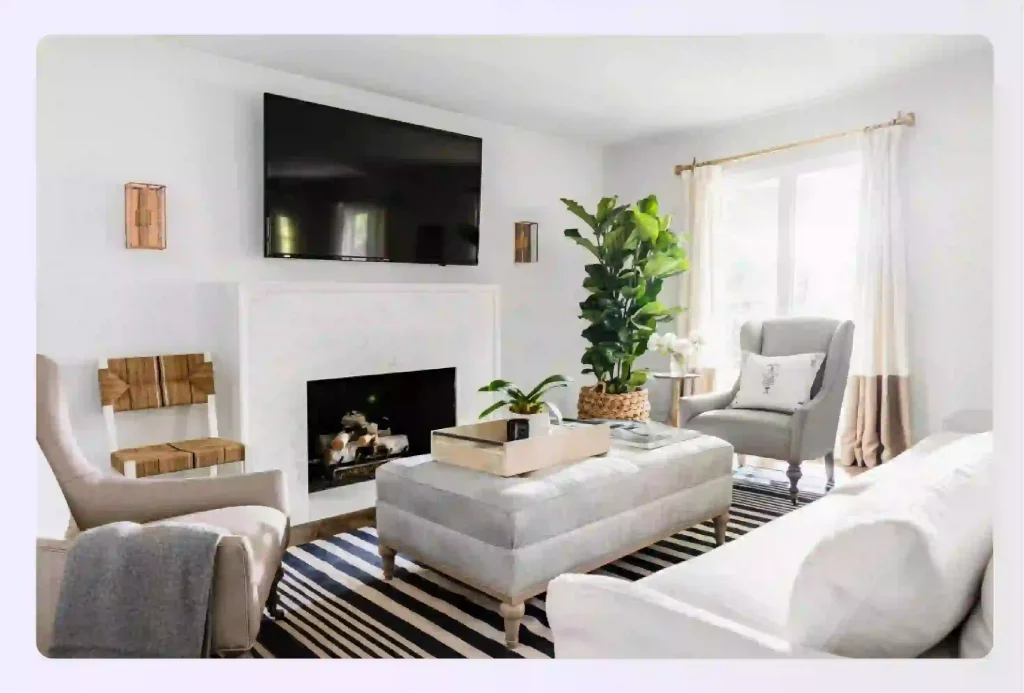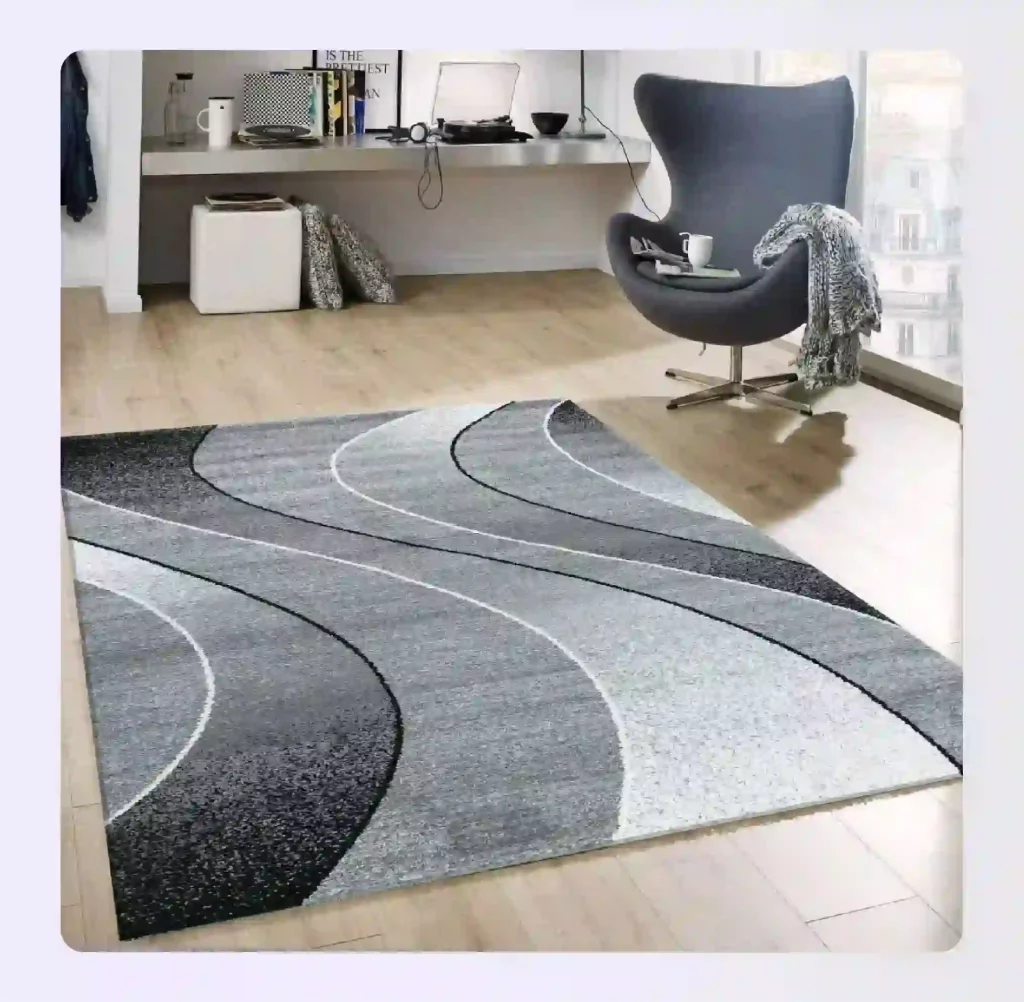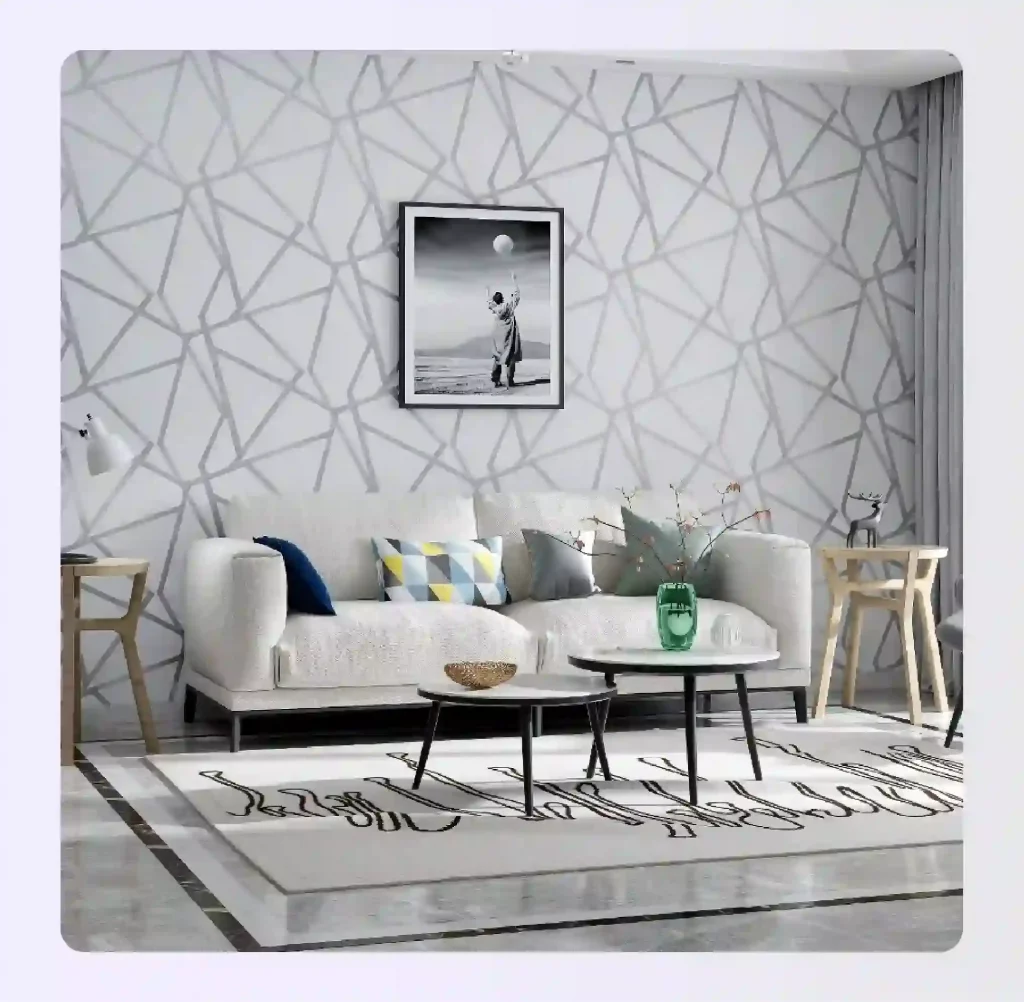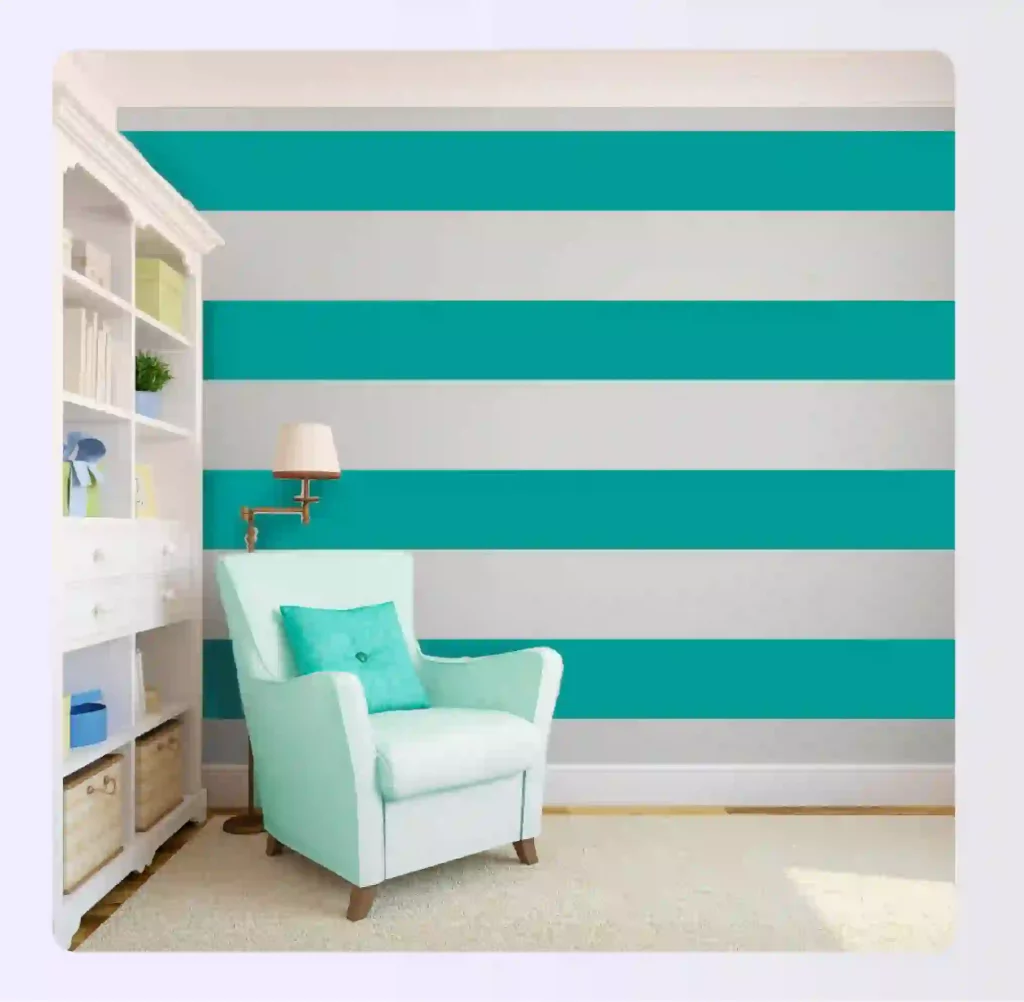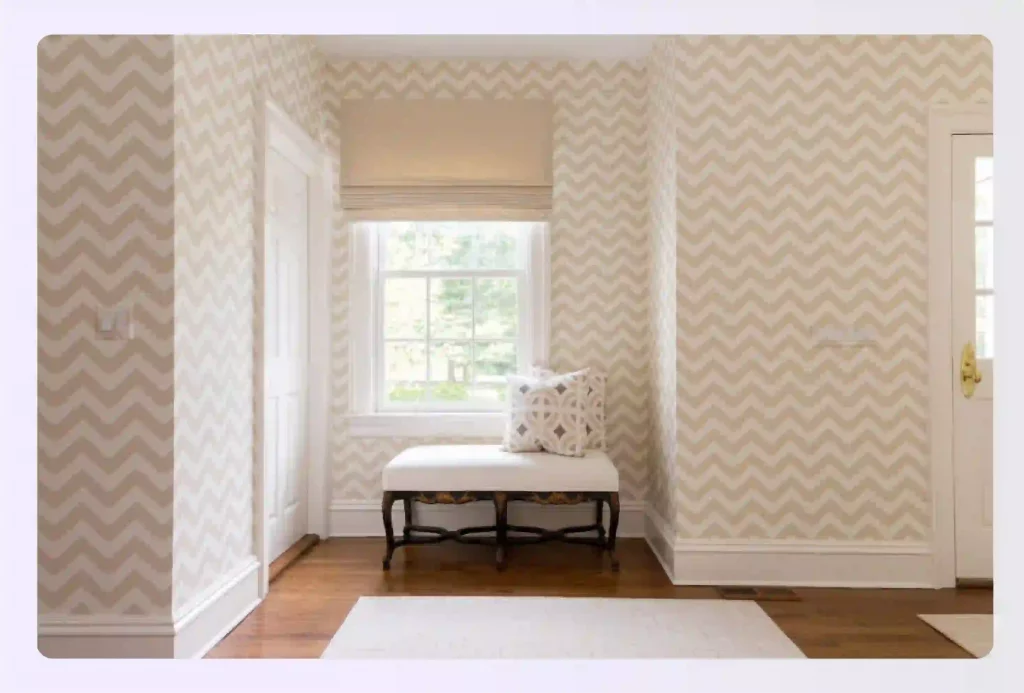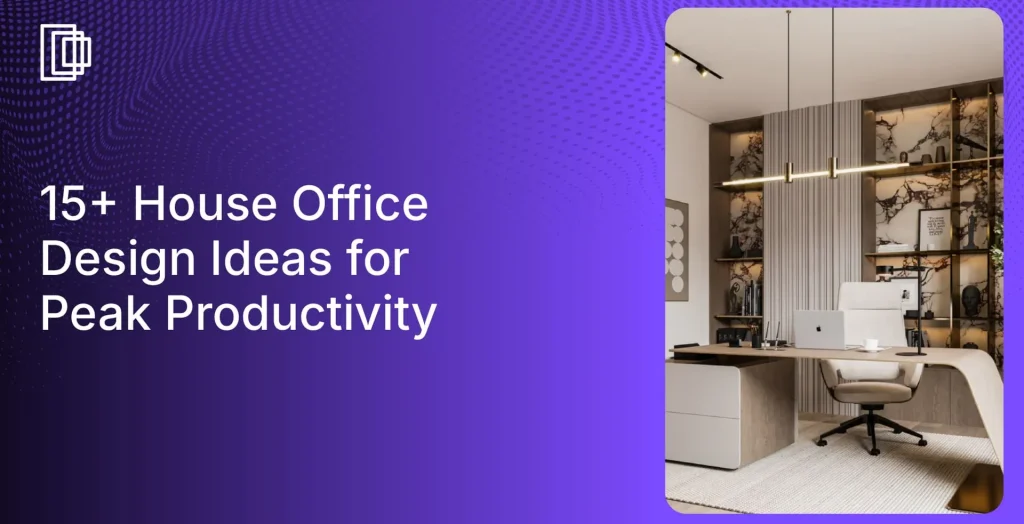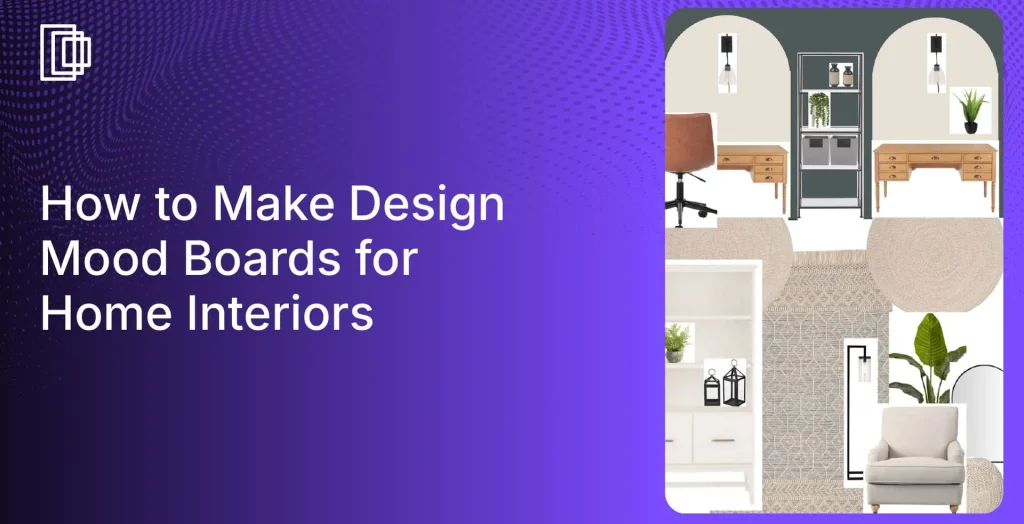Line in interior design is a fundamental element that creates flow, movement, and visual focus throughout a room. Different types of lines—straight, vertical, horizontal, diagonal, and curved—work together to provide shape and volume while dramatically impacting your overall design aesthetic.
Vertical lines create the illusion of height in spaces with low ceilings, while horizontal lines add stability and calmness. Lines also play a crucial role in architecture and furniture placement, contributing to organization and influencing how room elements relate to one another.
The strategic use of lines in interior design evokes specific moods: bold, defined lines create grandeur in larger spaces, while softer, subtle lines cultivate intimacy in dining areas.
Read also – Interior Design Basic Concepts, Elements and Principles
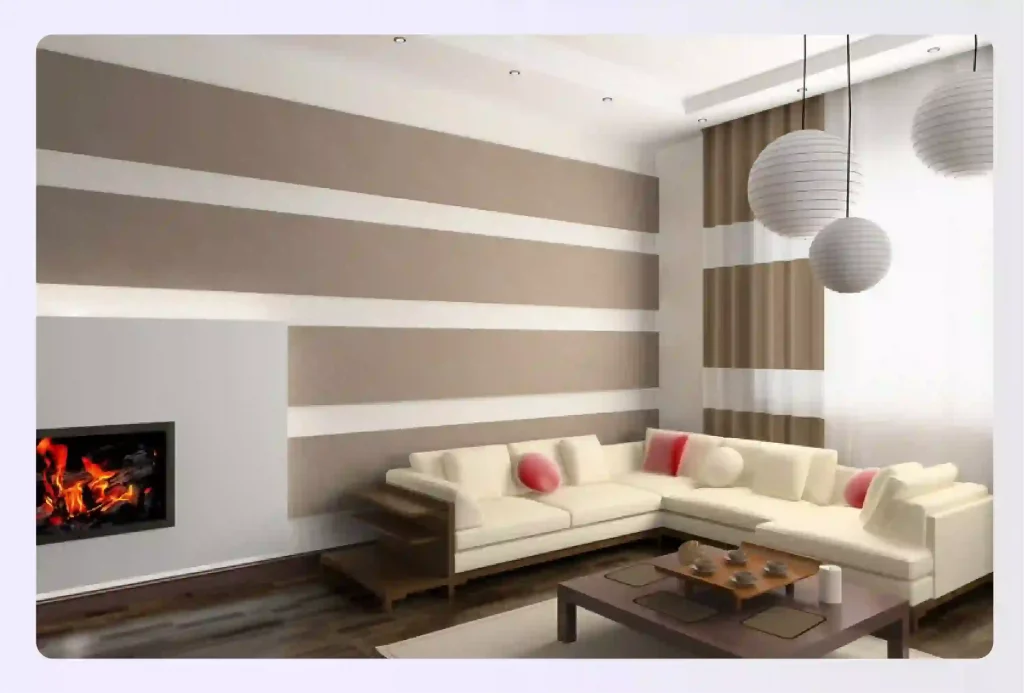
Image Credit: kaodim.com
Types of Line in Interior Design
Lines in interior design create movement, define spaces, and guide the eye throughout a room, emphasizing both aesthetic appeal and functionality. Understanding each type helps you make informed design decisions.
1. Straight Lines: Establishing Order and Structure
Straight lines form the foundation of structured interior design, creating order within any space. Horizontal straight lines evoke rest and calmness, making rooms feel open and airy when applied to walls and furniture. Vertical straight lines add height and grandeur, contributing to magnificence and cohesion.
Straight lines serve as visual guides that enhance spatial perception, making rooms appear larger and more organized. When combined with curved or zigzag elements, they create harmonious rhythm that enriches your room’s design.
Read also – 20 Best Wall Decor Ideas
Image Credit: behance.net
2. Horizontal Lines: Creating Stability and Calmness
Horizontal lines emphasize relaxation, stability, and balance while creating visual paths that lead the eye across the room. They make spaces feel more open and airy, particularly effective in wall patterns and flooring designs.
Furniture featuring horizontal lines—like long coffee tables or bench seating—helps break up space and fosters inviting environments for entertaining. Horizontal elements in flooring patterns or shelving units emphasize room width while promoting calmness.
Read also – 30 Traditional Living Room Ideas
Image Credit: livinator.com
3. Vertical Lines: Enhancing Height and Elegance
Vertical lines draw the eye upward, creating taller ceiling illusions and more expansive spaces. Elements like tall columns, floor-to-ceiling windows, or vertically striped wallpaper effectively enhance verticality, contributing to elegant, sophisticated atmospheres.
Vertical elements such as tongue and groove paneling add architectural interest and texture. These lines evoke strength, stability, and dignity—perfect for formal, imposing interiors. Strategically placed vertical lines promote cohesion and seamless transitions between room zones.
Read also – 15 Tips To Choose Materials for Interior Design
4. Diagonal Lines: Adding Movement and Energy
Diagonal lines create movement illusions and introduce energy into spaces. They break up static elements while directing attention toward focal points, enhancing visual flow between areas.
Incorporate diagonal patterns through fabrics, wallpaper, tiles, and angled furniture pieces like slanted bookshelves or accent tables. While diagonal lines add excitement, use them judiciously to avoid chaos. They work particularly well in active spaces like kitchens and children’s playrooms.
Read also – 20 Common Interior Design Mistakes To Avoid
Image Credit: pinterest.com
5. Zig-Zag Lines: Creating Dynamic Energy
Zig-zag lines, often recognized as chevron patterns when repeated, represent movement, action, and energy. Their sharp edges bring excitement to designs, perfect for transforming plain corners or creating obliquely shaped storage areas.
These lines add zest and stimulate both eye and mind, making them ideal for children’s bedrooms or playrooms. However, excessive zig-zag patterns can create frenzied effects—balance is key.
Read also – Guide to Layering in Interior Design
Image Credit: aliexpress.com
6. Circular Lines: Balancing Softness with Structure
Circular lines provide balance and softness when contrasted with straight or diagonal elements. If walls feature diagonal stripes or ceilings have horizontal beams, add round coffee tables, curved sofas, or circular chandeliers for contrast.
Known for conveying softness and femininity, circular lines should be mixed thoughtfully to create gender-neutral spaces with proper balance.
Read also – The Definitive Guide To Space Planning In Interior Design
Image Credit: thespruce.com
7. Curved Lines: Softening Spaces and Promoting Flow
Curved lines introduce flow and movement while enhancing comfort, harmony, and elegance. They create visual interest without overwhelming viewers, allowing seamless eye travel between room elements.
Curved lines soften sharp, angular features and facilitate smooth transitions between room areas. Their gentle nature promotes visually pleasing environments that encourage balance and cohesion. In cramped or narrow areas, curved lines can make spaces appear larger—particularly beneficial in hallways and smaller rooms.
Read also – Types of Stairs Design
Image Credit: houzz.com
How Lines Impact Interior Design
Lines function as versatile design elements that effectively communicate emotions and information. Whether long, short, straight, curved, solid, thick, thin, or dashed, lines adapt to various design needs.
The popular transitional style emerged by applying cleaner lines to traditional looks, typically featuring architectural detailing and curves. Many designers simplify lines to define classic designs, eliminating fussiness while staying true to original shapes. Adding sleeker lines to transitional designs achieves more modern aesthetics.
Read also – How To Find Your Personal Interior Design Style?
Image Credit: architecturaldigest.com
Importance of Line in Interior Design
Contemporary interior design focuses on shapes, structure, and lines, comprising standard components and intense hues. Classical design features rich color palettes, curved lines, premium textures, and dark wood.
Both styles share soft, rounded lines as common features. Contemporary design highlights space over objects, while classical design centers on objects themselves. Blending both creates new aesthetic definitions where line bears primary importance.
When decorating spaces, composition creates homely feelings and artistic masterpieces. Items and patterns chosen impact atmosphere and emotional responses. Straight lines suggest elegance, while curved or diagonal lines provide dynamic feelings and movement.
Vertical lines in buildings represent power and robustness. Horizontal lines evoke sunrise or sunset serenity. Combine different styles for satisfying overall designs, using patterns and placement to draw attention and highlight design efforts.
Image Credit: home-designing.com
How to Use Line in Interior Design
The best interior design schemes use lines strategically:
1. Stretch or Shorten Spaces Visually
In long, narrow rooms, tile flooring placement makes or breaks appearance. Running tiles lengthwise makes dining rooms appear longer as lines diminish in perspective. Placing tiles alongside each other makes rooms look shorter but feel wider.
Use vertical lines to make interiors appear higher in entryways, assembly halls, and living rooms. Long horizontal lines expand spaces visually, making them seem wider or longer.
Read also – 10 Most Popular Types of Interior Design Styles
Image Credit: essenziale-hd.com
2. Create Beautiful Patterns
Line usage defines patterns. While fabric patterns are limited by artistic vision, architectural details like tile placement must consider shape.
Draw patterns by repeating shapes—multiple square pillows on long couches create rhythm. This visual movement sets room design quality, including lighting fixtures that enhance design characteristics.
Read also – The Complete Guide To Use Textures in Interior Design
3. Maximize Small Spaces and Make Large Spaces Intimate
Make small rooms feel larger with vertical lines. Hang curtains to ceilings, not window tops, to visually expand space. Patterned wallpaper or painted wall stripes also work effectively. For kitchen backsplashes and bathroom tiles, hang rectangular subway-style tiles vertically to make spaces appear wide and elongated.
Achieving room balance relies on adequate positive and negative space usage. Positive space refers to object positioning (armchairs, sofas), while negative space indicates gaps and circulation areas. Strategic line usage helps balance positive and negative spaces.
Reverse these principles for larger rooms. Add horizontal lines with contrasting colors to scale down bigger room appearances. Multi-level kitchen islands make high-ceilinged kitchens feel compact and cozy.
For large lofts, use lower seating profiles for couches and chairs, creating nooks within bigger spaces—perfect “rooms within rooms” for intimate gatherings.
Read also – 10 Best Small House Design Ideas
Image Credit: bhg.com
4. Create Softness or Playfulness
Curved lines add soft, feminine feelings while suggesting movement. Spaces feel heavy with only horizontal and vertical lines. Adding curves through patterns (rugs, fabrics) or structures (furniture, accessories) combines multiple line types for balanced spaces.
Image Credit: vimoda-homestyle.de
5. Create Geometric Designs
Geometric patterns add pop to monotone modern spaces. Achieve unique home decor using fabrics and tiles, or experiment with furniture positioning.
Add chairs and tables with slanted legs, angular lamps, or tripod stands. Place sofas diagonally to walls instead of perpendicularly or parallel. Build angled kitchen islands with diagonally positioned club chairs and dining tables.
Read also – Importance of Accessories in Interior Design
Image Credit: aliexpress.com
6. Add Color to Bedrooms with Painted Lines
Paint creates bedroom lines that make spaces appear bigger while adding atmosphere and color. Vertical stripes of any width make walls appear taller, while narrower stripes lend high-ceilinged feelings.
Horizontal stripes make rooms and walls appear wider—ideal for incorporating more color into home spaces. Experiment with statement shades when unable to decide on particular colors.
Contrasting colors make grand statements. Bright, vivid colors on wall’s top third draw eyes upward, creating height and width illusions. Use tonal colors more subtly, aligned with current trends. Painted paneling offers another stylish way to use lines for timeless bedroom feelings.
Read also – Top 20 Neutral Paint Colors for Interiors
Image Credit: homedit.com
7. Create Dynamic Lines for Accent Pieces
Dynamic lines—curves, chevrons, zig-zags—bring living rooms to life smartly and easily. Curved sofa sets make intelligent, elegant choices. Paired with round tables, they soften vertical lines from full-height curtains and wall paneling, making rooms more vibrant.
Image Credit: chairish.com
The Role of Lines in Spatial Perception
Lines manipulate spatial perception, influencing how we see and experience rooms. Vertical lines draw eyes upward, creating height illusions, while horizontal lines make spaces appear wider and more stable.
Line orientation drastically affects spatial perception, allowing balance and harmony manipulation. In narrow spaces, strategic line placement creates openness illusions, making areas feel larger and more inviting. Vertical lines give narrow spaces height impressions, while horizontal lines stretch width perception.
Dynamic diagonal lines introduce movement and energy, enhancing space liveliness and contributing to engaging visual experiences. Thoughtful line placement creates intriguing atmospheres by directing attention to focal points and providing visual cues for fluid movement.
Balancing Hard and Soft Lines for Aesthetic Harmony
Balancing lines in interior design ensures harmony—too many horizontal or vertical lines make spaces feel flat or rigid, while curved lines soften atmospheres.
Curved lines in spiral-patterned wallpaper or large bathtubs add softness and gentle movement, contrasting rigid straight lines. Circular lines bring personality while creating comfortable resting places, providing balance against straight or diagonal lines.
Strategic use of various line types—horizontal, vertical, diagonal, curved—enhances visual flow and establishes cohesive, inviting environments. Applying symmetry and asymmetry principles through line placement creates visually balanced, harmonious, well-structured spaces.
Creating Depth and Rhythm Using Lines
Lines create rhythm within spaces, breaking monotony and adding visual interest through strategic placement. Horizontal lines instill calm and tranquility, guiding observer gazes seamlessly across rooms.
Vertical lines introduce height and magnificence impressions, effectively elongating rooms and drawing eyes upward. Curved lines require careful usage to maintain space cohesion without creating disjointed feelings.
Integrating various line types—straight, horizontal, vertical, diagonal, curved—crafts harmonious rhythm that enhances overall design aesthetics.
Conclusion
Line in interior design ranks among the most important details that can make or break home decoration and design. Don’t rank it last when planning interior design projects. Consider desired styles—traditional, modern, masculine, or feminine—then use appropriate lines to achieve particular looks.
How lines fill rooms tremendously affects space look and feel. Strike the right balance and incorporate desired styles through strategic line usage. Combine different line types within design schemes to make rooms interesting and engaging.
Foyr Neo offers comprehensive design tools that help visualize how different line types work together in your space. The multifaceted design software makes it easier to experiment with various line combinations and see their impact before implementation.
Remember: successful line implementation requires understanding each type’s psychological and visual impact, then applying them purposefully to create spaces that both function beautifully and feel emotionally resonant. Foyr Neo is now available for a 14-day free trial, allowing you to explore these line design concepts and bring your interior vision to life.
FAQs
What are lines in interior design?
Lines in interior design are foundational elements that create flow, define shapes, and guide the eye across spaces. They influence scale, proportion, and mood, forming the backbone of every successful design composition.
What are the 4 main types of lines used in design?
The four main types are horizontal, vertical, diagonal, and curved lines. Each contributes differently: horizontal for calmness, vertical for height, diagonal for movement, and curved for softness. Combining them shapes balanced and dynamic interiors.
What are the 6 elements of design line?
The six elements include straight, horizontal, vertical, diagonal, zig-zag, and curved lines. These interior line shapes serve to establish order, create rhythm, introduce energy, and balance softness with structure across a room’s layout and décor.
What is the main purpose of lines in design?
The primary purpose of lines in interior design is to establish visual structure and direction. They define boundaries, highlight focal points, and manipulate spatial perception, helping designers create balance, depth, and harmony in interiors.
What are the decorative lines on walls called?
Decorative lines on walls are often referred to as wall moldings, trims, or paneling designs. They add visual interest, highlight proportions, and can be combined with paint or wallpaper patterns to enhance interior aesthetics.
What are the advantages of interior lines?
Interior lines bring organization, rhythm, and emphasis to spaces. They can expand or shorten perceived dimensions, direct attention to design features, and balance visual weight. With Foyr Neo, designers can experiment virtually with line usage before application.


